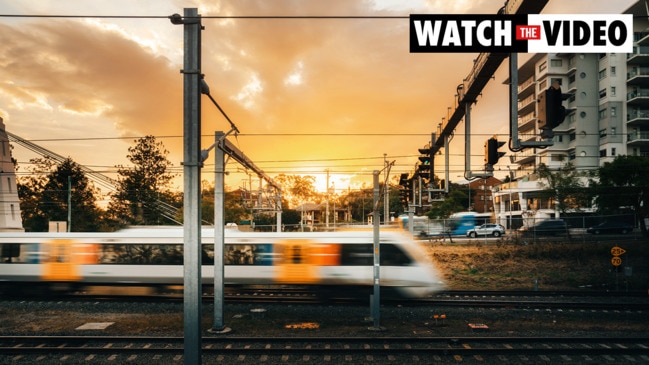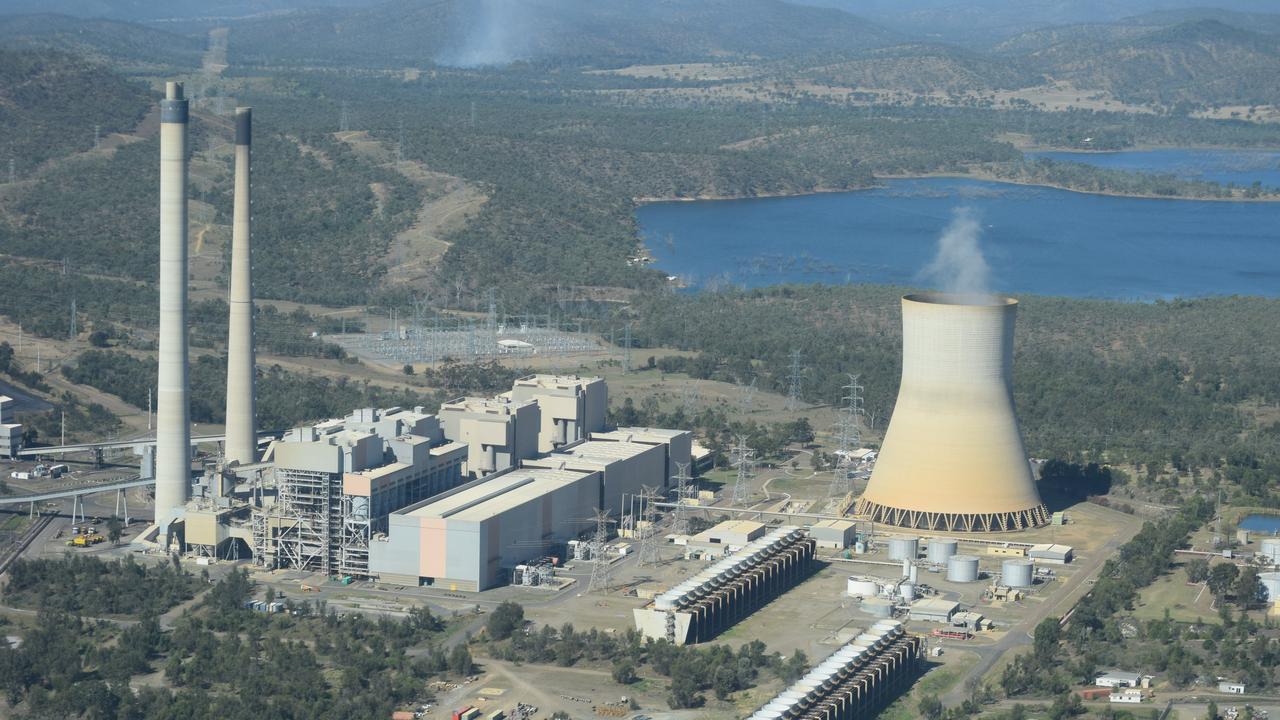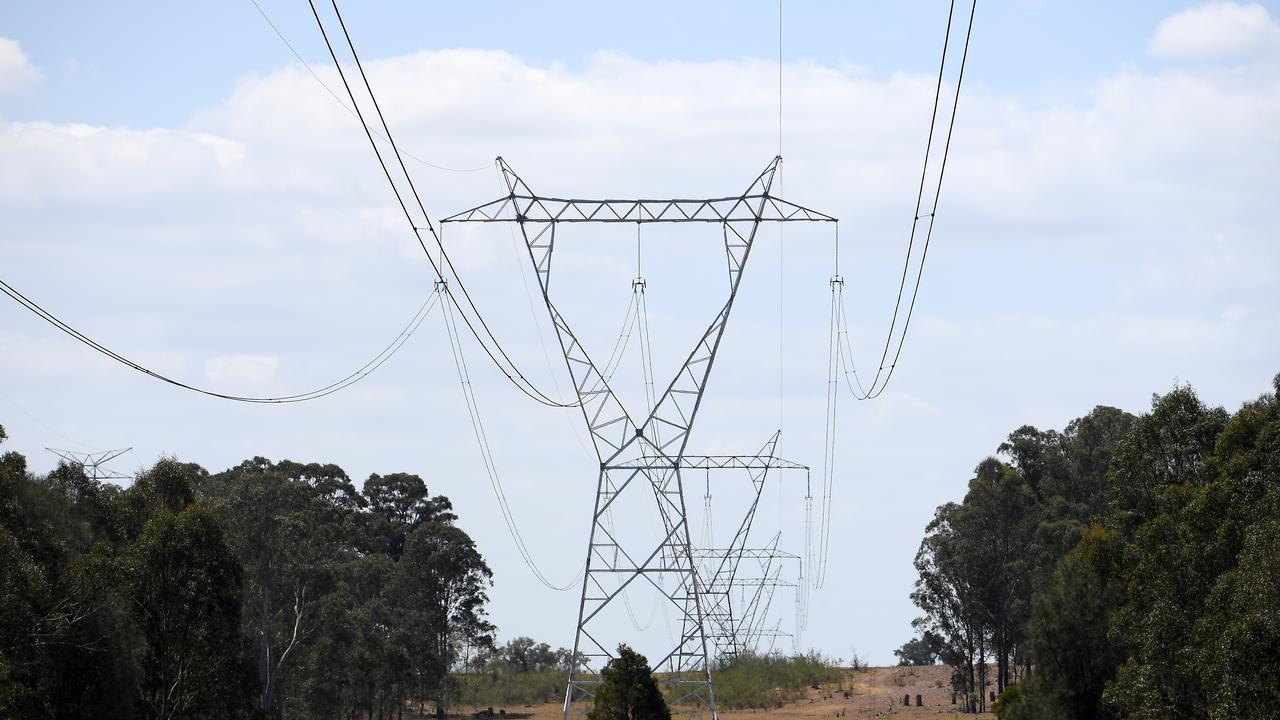Australia’s energy crisis explained: Who are the key players, and what it means for you
Australia is in the grip of its worst energy crisis in decades. All the details to help you understand why it’s happened, and what it means for your bills.

Australia’s winter of discontent has taken a turn for the worse in recent days, with the spiralling energy crisis hitting rock bottom overnight.
In what was no doubt one of the most humiliating press conferences of his political career, NSW Treasurer Matt Kean fronted cameras on Wednesday afternoon to plead with residents, already stretched to their financial limits due to inflation, to switch off non-essential power items including dishwashers.
“If there is an option for people to reduce their energy usage, so perhaps not using the dishwasher until you go to bed, that would help,” said Mr Kean through gritted teeth.
NSW Health staff in the Sydney Local Health District were also asked to limit their power usage, with staff reportedly asked to switch off unused electrical equipment and lights, as well as avoid using printers.
Stay up to date with the latest market moves with Flash. 25+ news channels in 1 place. New to Flash? Try 1 month free. Offer ends 31 October, 2022 >

The problems in NSW are indicative of a broader energy emergency gripping the eastern states, causing mass confusion among residents watching their power bills skyrocket, and prompting a hurricane of finger pointing and name-calling at State and Federal political levels.
Amid the chaos, everyone has been left asking the same question; what the hell is going on?
Why is there a crisis?
Authorities have bemoaned a “perfect storm” of factors driving prices sky high and pushing the state dangerously close to the brink of mass blackouts.
At the end of the day, it comes down to four main factors; Covid-19, the war in Ukraine, coal and an unseasonal cold snap.
Blame it on the weather
The winter months are when demand for energy is at an highest in Australia, with gas heating usage, and increased household power demands placing the most strain on power generators.
Usually, that wouldn’t be a problem, with Australia‘s power generators built to support seasonal demand. However …
The generators aren’t working
Sometimes the tools you need just don’t work, as is currently the case in NSW.
Coal is currently still the biggest supplier of energy in Australia, but the nation’s coal-powered generators are ageing, with several falling into disrepair due to maintenance issues.
Since the start of the month, nearly a third of all coal plants have been offline, and the general coal supply has also been hampered by floods around the country.
“The number of the generators that were expected to be working tonight have not come on,” said Mr Kean yesterday.
“It shows exactly why we need a plan to modernise our electricity system but in the meantime, we need to make sure that our coal-fired power stations are working when we need them to.”

Disease and war
Of course, authorities expected the shock caused to the global market by Covid-19 to have significant consequences, but anticipating them doesn’t make them any less painful.
Supply of energy stock dwindled due to lockdowns, but Australia‘s subsequent reopening and mass move back to (largely) normal life caught suppliers with their pants down.
Put simply, supply failed to meet rapidly increased demand.
Russia’s invasion of Ukraine has also played a significant role in the crisis, with the sanctions placed on Europe's largest energy exporter starting to bite, causing both the price and amount of available energy to fluctuate.
Who’s got the power?
An unfortunate by-product of the crisis is, due to private companies owning a significant portion of the power grid, there’s still a pressure to eek out maximum profits from customers.
This has contributed to the rapid rise of power bills around the nation.
However, customers aren’t fully at the mercy of their power companies.
The Australian Energy Market Operator (AEMO) oversees the trade and retail management of energy nationally, working in tandem with the Australian Energy Regulator (“the regulator” from here on) to make sure energy providers play by the rules.
From time to time, either the AEMO or the regulator will step in to make sure things don’t get (too) out of hand for ordinary Australians – as is the case right now.

Due to market rules, when wholesale prices remain too high for too long, the regulator will place a cap on the price of power.
Based on calculations over a rolling seven-day cycle, the regulator halted rising prices at $1.4 million per state several days ago, meaning generators began making a loss on their power sales due to soaring wholesale costs.
As a result, generators began withholding power from the grid, with the regulator having to command providers to get back to work while promising to compensate for any financial shortfalls – spurning companies to bank up their supply until ordered otherwise.
Deeming the “ring-a-generator” model unsustainable, the AEMO took the unprecedented step of suspending trade across the east coast power network, effectively guaranteeing a supply of power to residents.
The news was welcomed by the Federal Government, with Energy Minister Chris Bowen urging residents to keep their heaters and other essential items switched on.
“Some (issues) are expected and some unexpected,” he said.
“Breakdowns at coal-fired power stations (for example) are inevitable as the … stations get older, and we haven’t seen the investment in renewable energy and storage – nowhere near the amount we need.”
He added that, despite the setbacks, he was “getting on with the job”.

Mr Bowen’s boss, Prime Minister Anthony Albanese, was far less impressed with how it all played out.
“My message to the energy companies is that they have a responsibility to their customers, whether they be households or businesses, to do the right thing,” Mr Albanese said this morning.
“We need to end the sort of nonsense that we’ve seen over the last decade, where we had 22 different energy policies announced, but none of them landed.
“We’ve got one policy. We’re going to land it. We’re going to implement it. And it will make a difference because it will provide the certainty that business requires to be able to invest.”
What does this mean for my energy bill?
In short, it’s hard to know, as this is the first time in history the AEMO has taken control of the nation’s power supply.
“What the impact of this will be on energy bills is not clear because it’s not clear how long this will need to go on for, what the costs will be, and how those costs will be borne – whether it’ll be borne by generators or if it’ll flow through to consumers,” Grattan Institute deputy energy director Alison Reeve told The Sydney Morning Herald.
The regulator has now set up a “command and control” system to ensure generators keep spinning and the nation doesn’t experience widespread blackouts.
“(It creates) one simple place where generators can put all their availability and it can be dispatched in a simple and methodical way”, Daniel Westerman, AEMO’s chief executive, said.

Long-term, experts have warned that default market offers for power could rise by up to 18 per cent over the next year, adding to the cost of living pressures affecting millions of Australians.
This could mean shelling out an extra $227 for your power bill.
“This … is a confluence of factors we will have to get into exactly how we got into this scenario in the days ahead,” said Mr Westerman.






